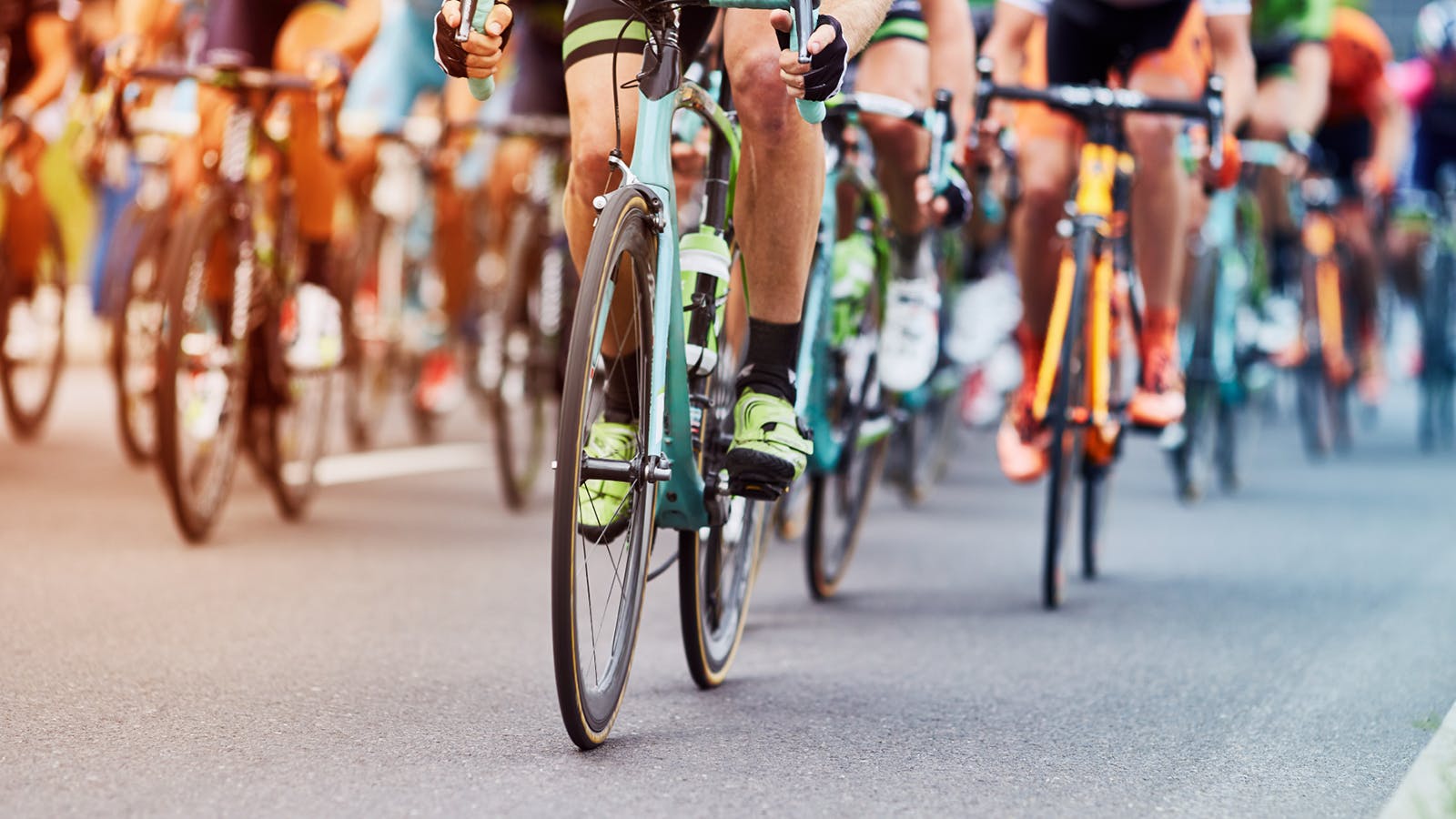
How healthy is cycling?
Sports is healthy, that is well known. But you may wonder how effective cycling is when you want to lose weight, get fitter or for your general health. Comparing yourself to the top athletes on TV makes no sense. Men and women who train for months and are in contact with coaches and dietitians. They are super fit and it shows, but these top athletes have the opportunity to dedicate a large part of their lives to cycling. This is not realistic for the average Dutch cycling fanatic. So how about, how effective is cycling for improving your health?
Every person is different and has their own goals to improve their health. Is your goal to lose weight and do you therefore want to know how many calories you burn while cycling? Read our blog: How many calories do you burn cycling?
However, health is about much more than just burning calories. Cycling helps to build both cardio and muscle mass in your entire body and also improves blood flow. Getting some fresh air is of course also a nice bonus.

Which muscles do you train with cycling?
Briefly; your whole body is involved when you are cycling. If you are looking for an answer to the question quickly, we will list them for you; the most active muscle groups you train with cycling are your calves, thighs, glutes, abs, back, shoulders and arms. We will tell you a little more about how exactly you activate these muscles while cycling.
Cyclists often have impressive calves. This is not for nothing. You use your calves continuously while cycling to push the pedals down, and if you occasionally get off the saddle you will notice that there is even more pressure on your calves. To be able to pedal faster, it is therefore good to train your calf muscles well.
So your calves work hard to press down on the pedals. However, they are not alone in this, your thighs and glutes also play an important role. In your upper legs you mainly use the hamstrings and thigh muscles. These muscles work together to move your leg up and down. The power behind this also comes from your glutes. For each round your foot makes, your gluteal muscle extends and back again. Especially if you are on the bike for a longer period of time, it is very important to wear comfortable cycling shorts . This helps prevent you from getting very bothered by a fair buttocks while cycling.
As mentioned earlier, you use your entire body while cycling, not just your lower body. Your core, for example, is also very important. Your core consists of your abs and your lower back. When you are on that bike you will tighten it for stability and balance. Certainly not underestimated when you make longer rounds or when you drive a lot through sharp bends. It is important that you have a strong lower back on the bike to prevent injuries. After all, the posture on the bike is with a slightly arched back because of the lower handlebars. Precisely because the handlebars are a bit lower, you also make a lot of use of your shoulders and your arms. You lean forward and that puts a lot of pressure on it. In order to cycle stably and to steer naturally, you will therefore also develop your arms and shoulders a lot.
The aforementioned muscles are therefore the most used during cycling. However, there are also smaller helpers. Did you know that you also use the muscles in your feet a lot during cycling? While pedaling on the pedals you train the intrinsic and extrinsic foot muscles. These make it easier to keep your balance on the bike. You will not have to pay extra attention to this, the muscles develop the more you cycle. Although they help you with your balance, you don't really need them to set the fastest time. By the way, don't be afraid of bigger feet due to the growth of these muscles, because it is a small muscle group. A wider shoe will therefore not be necessary.

How can I prevent cycling injuries?
With all the muscles you use, cycling is certainly healthy and also an effective way to get fit. However, as with any sport, there are a few things to keep in mind. Always make sure your bike is properly adjusted. This affects the posture you adopt on the bike. In addition, the most important thing is that you listen to your own body. If you have sustained an injury, seek help from a doctor or physiotherapist.
There are certainly things you can do to prevent injuries. A small warm-up, for example, is always good to do. This helps to warm up the muscles and prevents cramps and strain on your joints. You will also notice that you cycle a lot smoother afterwards. You can choose to stretch your muscles before you get on the bike, but you will generally get warm enough if you take it easy for the first ten to fifteen minutes of the ride. When you are facing a really tough ride, it is also good to take a few minutes to alternate the intensity in addition to the fifteen minutes of easy riding.
How does exercise help improve circulation?
When you cycle regularly you will get better blood circulation. By actively using your muscles, your heart rate goes up and your blood flows faster. This brings more oxygen to your muscles and therefore you will keep exercising for longer. In addition to more oxygen going to your muscles, your organs also receive more oxygen. This is good for your general health. Healthy blood circulation contributes to the production of cells and it ensures healthier skin. Blood circulation is therefore very important, because it also allows all kinds of nutrients to circulate through the body.


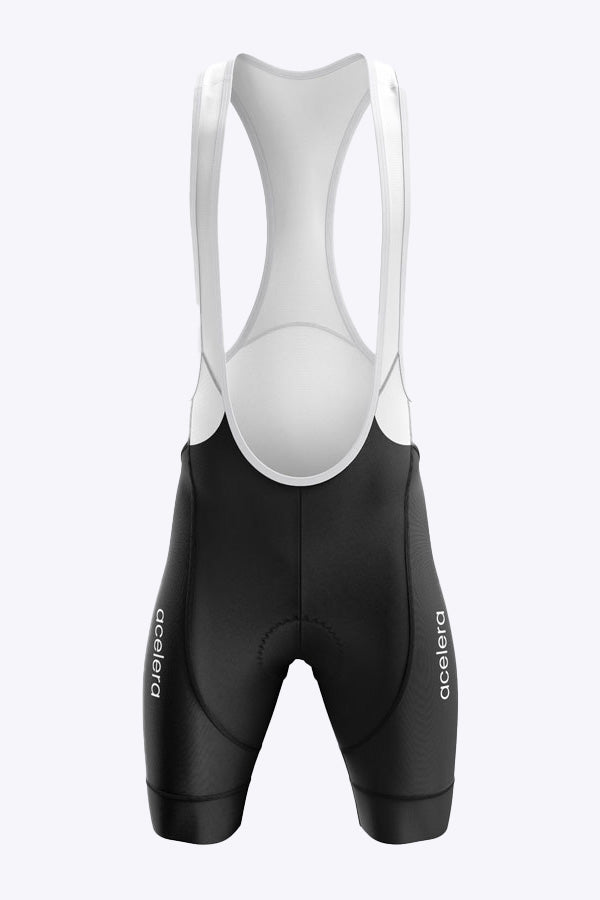

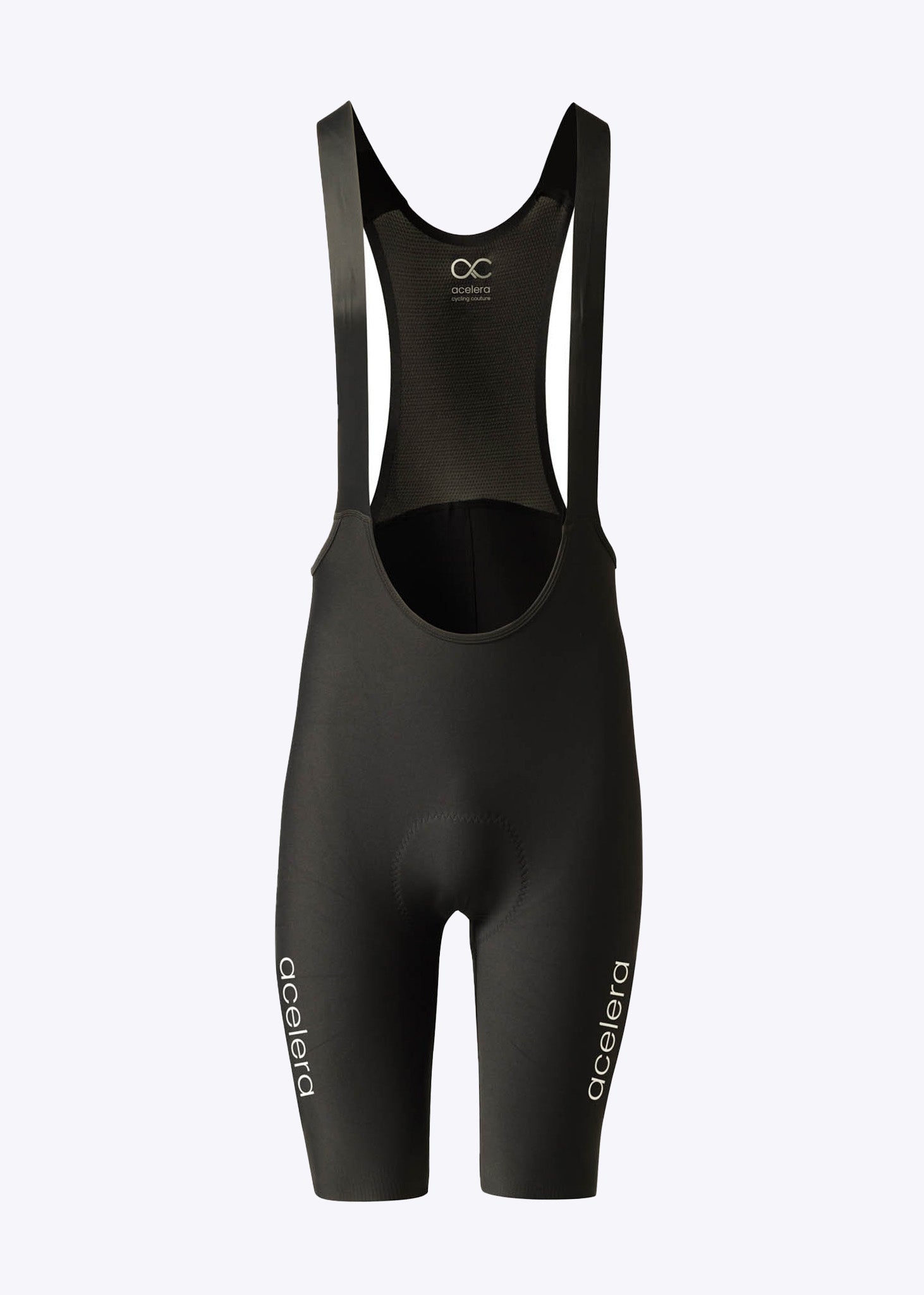
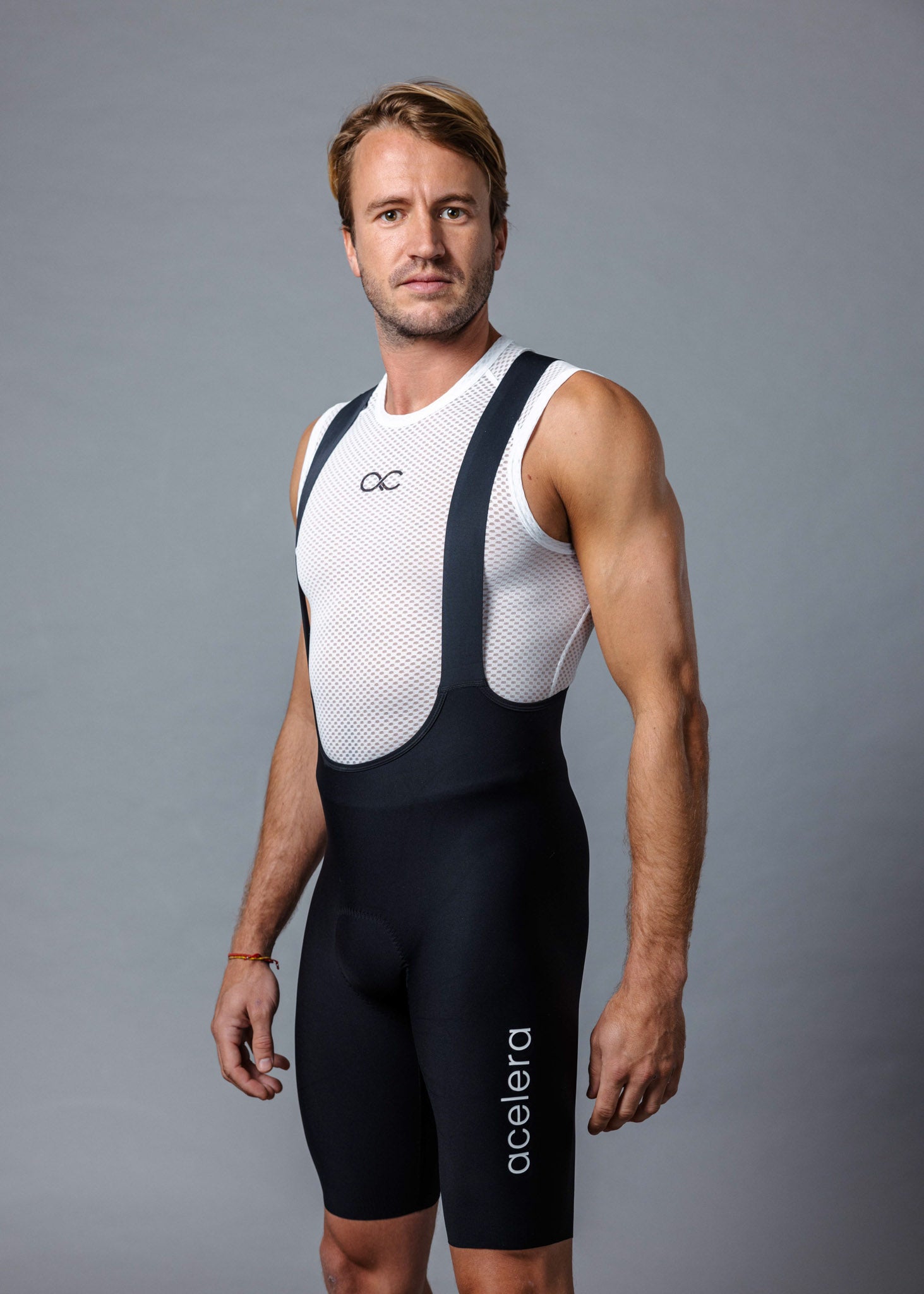
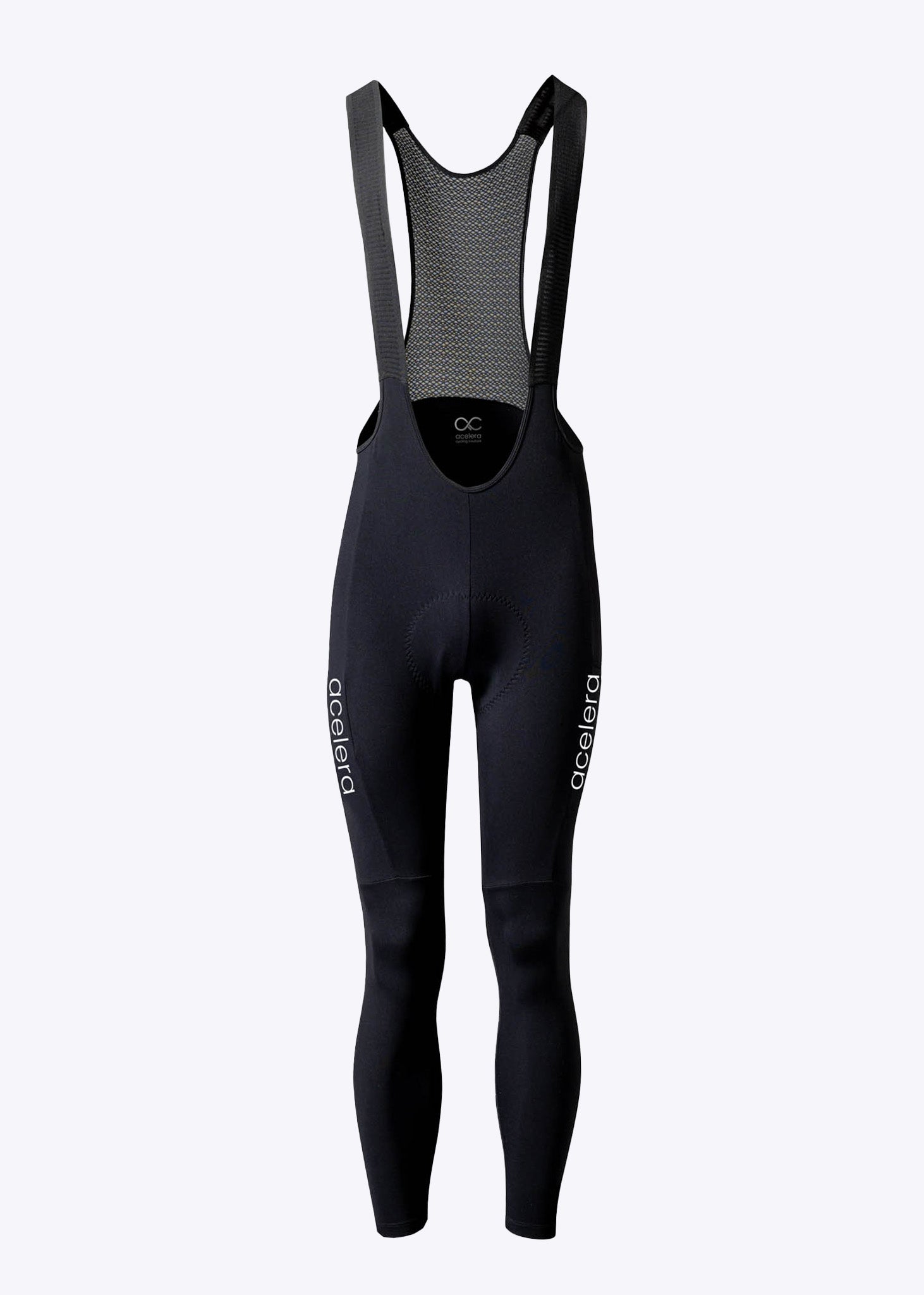
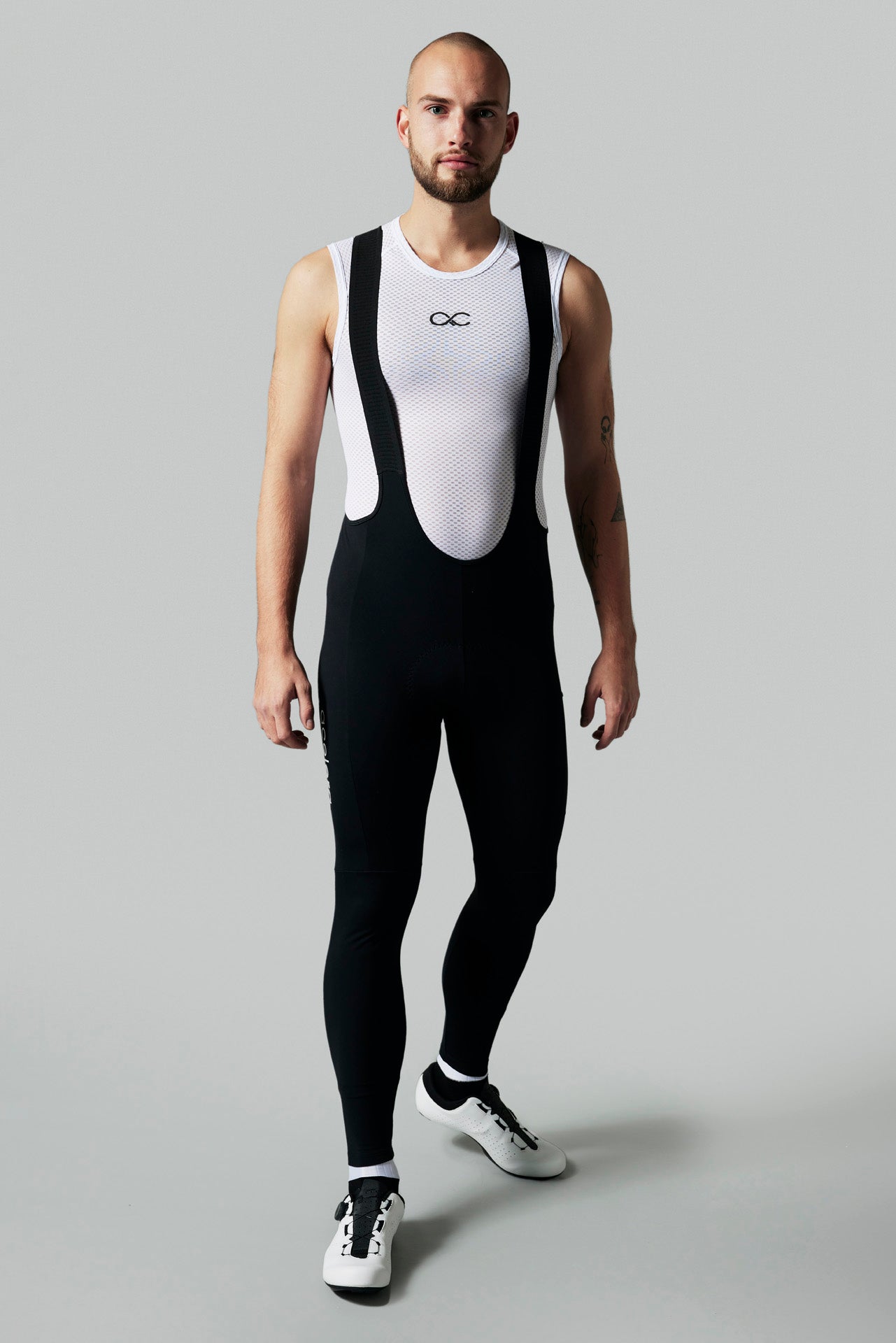
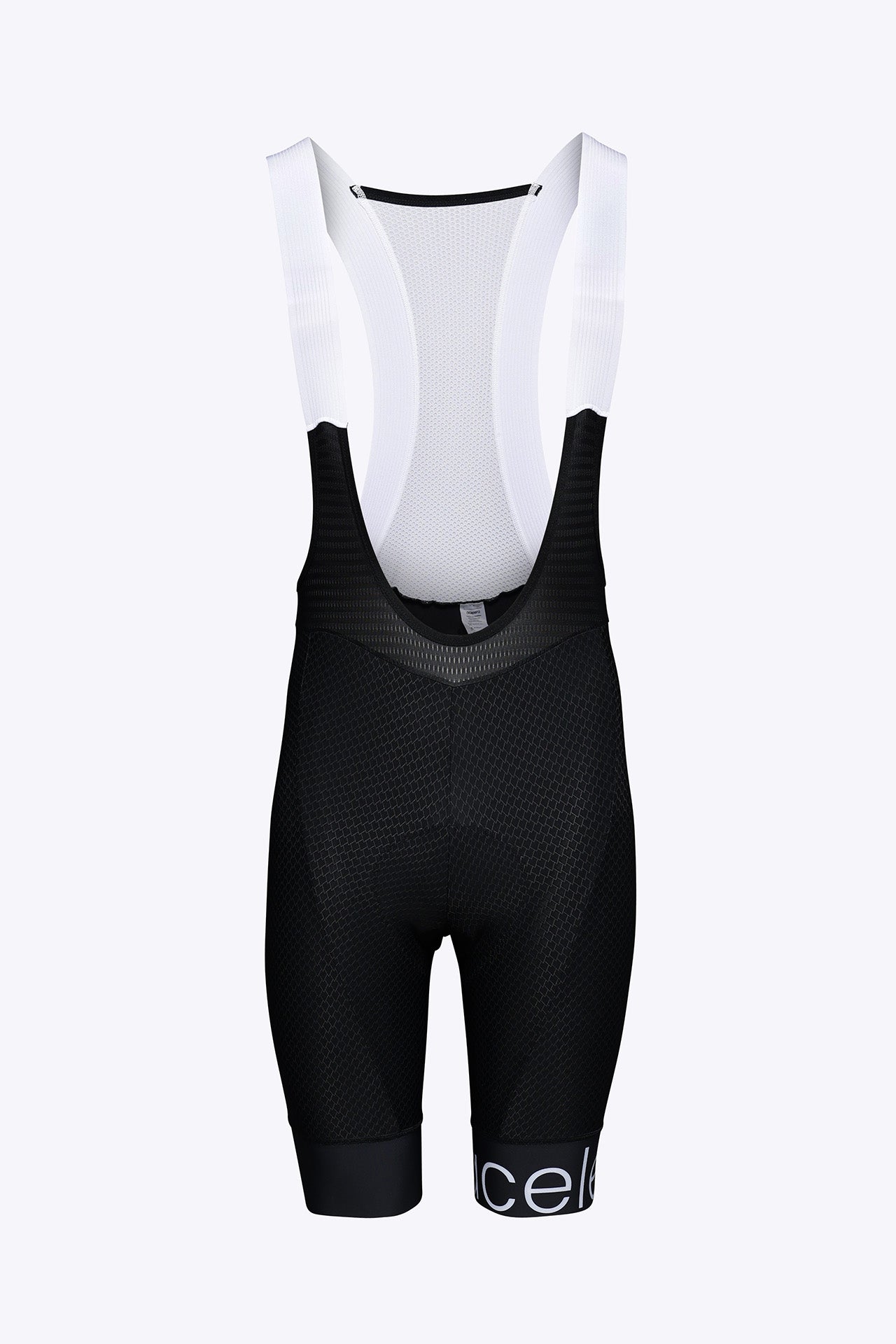
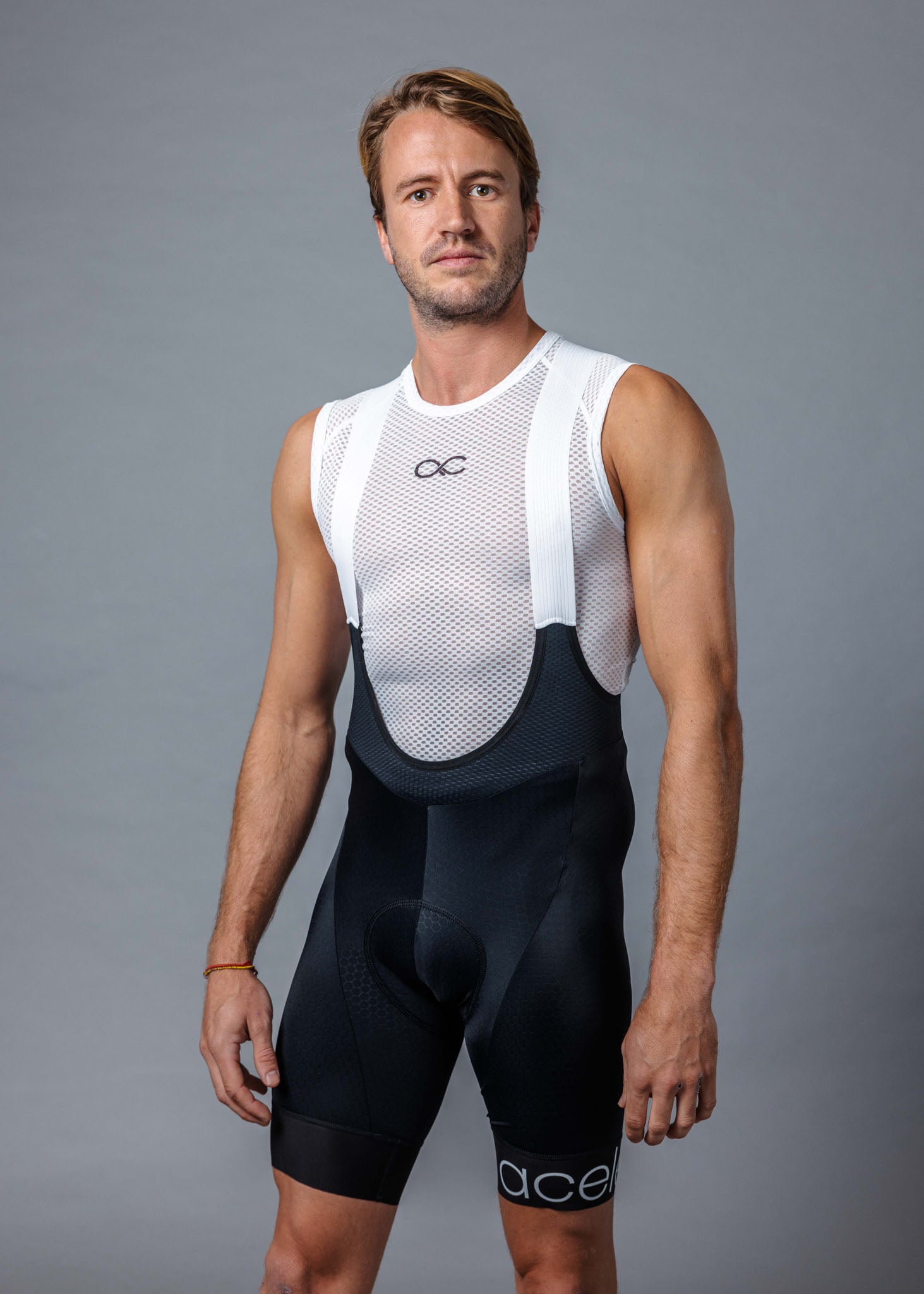
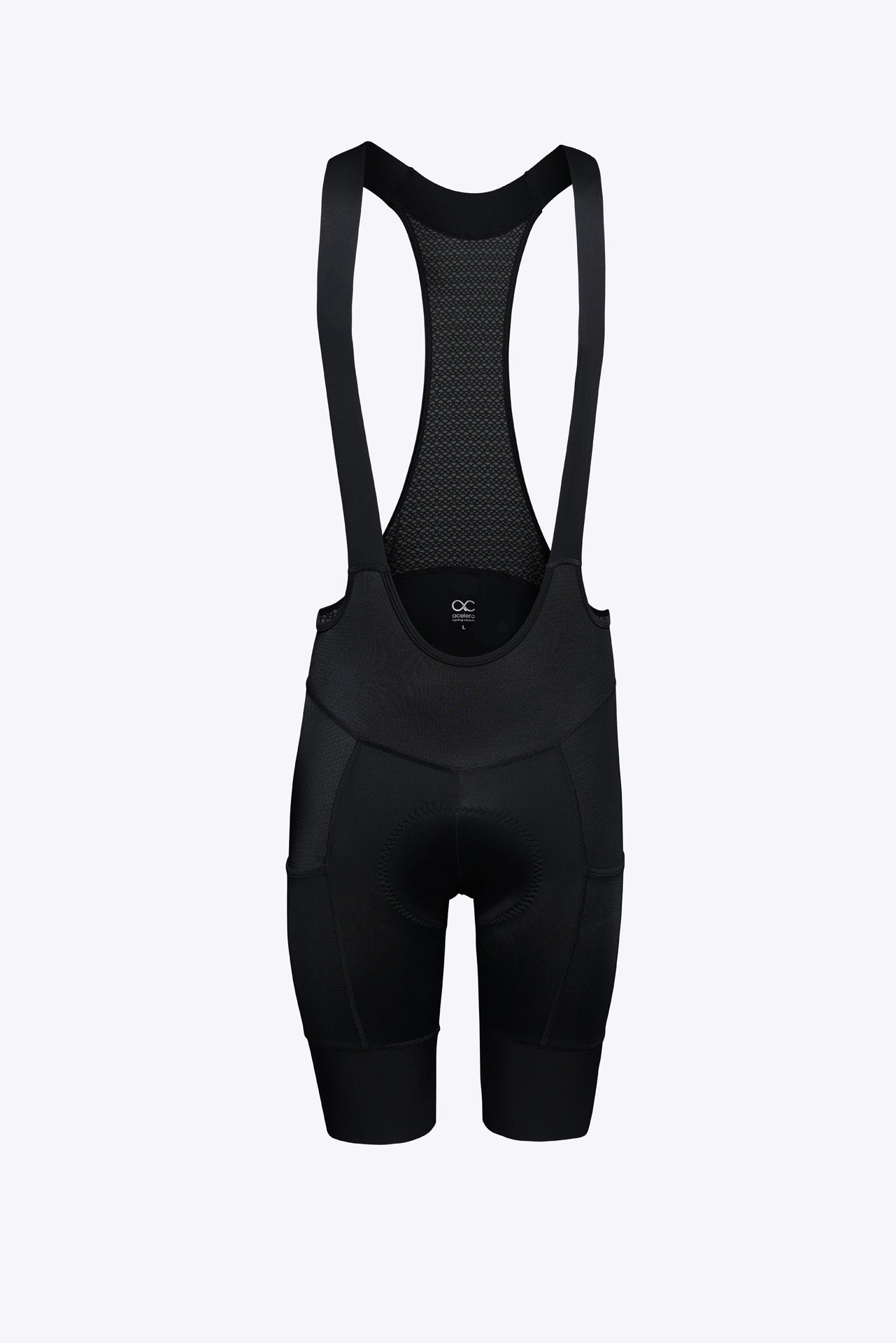
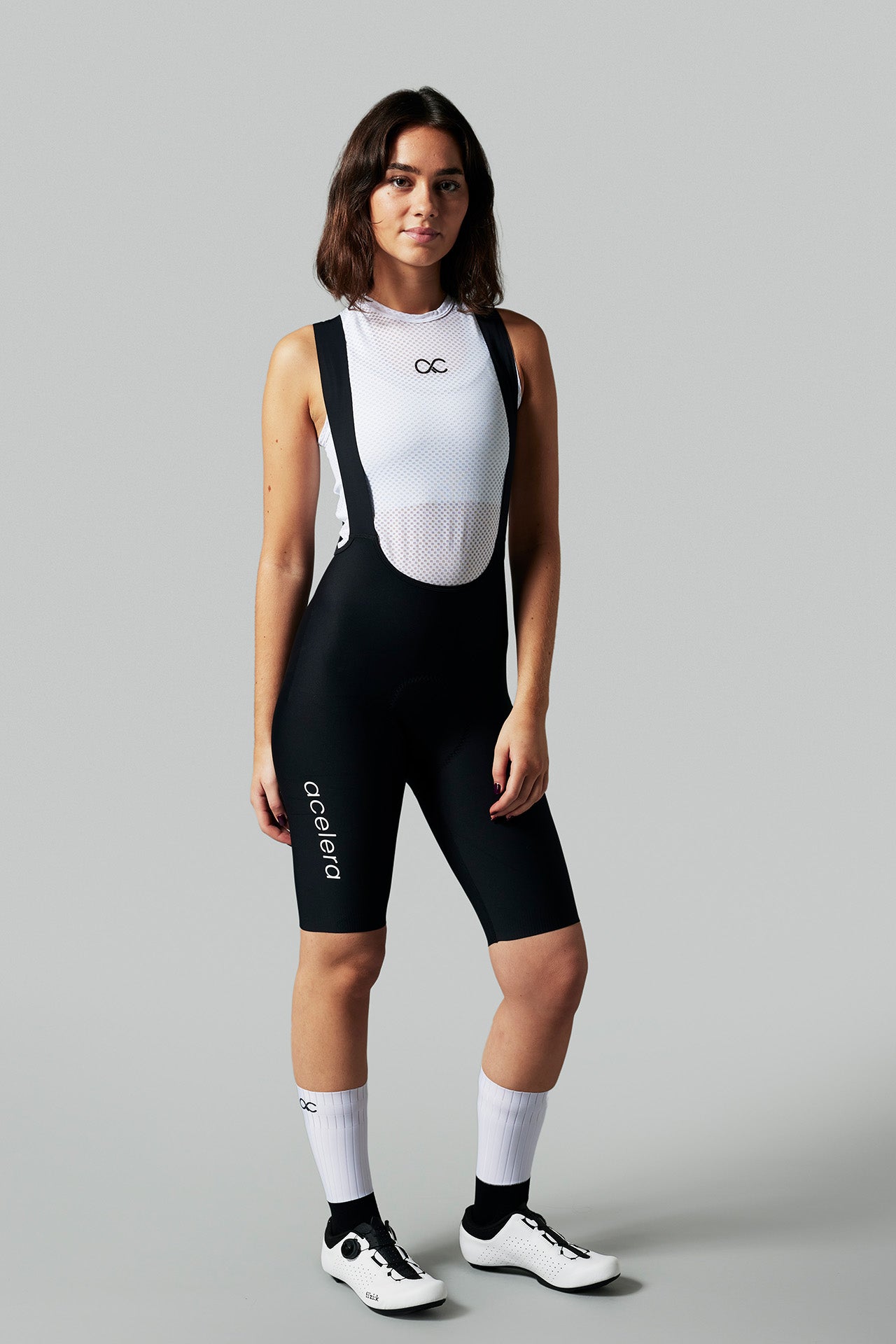
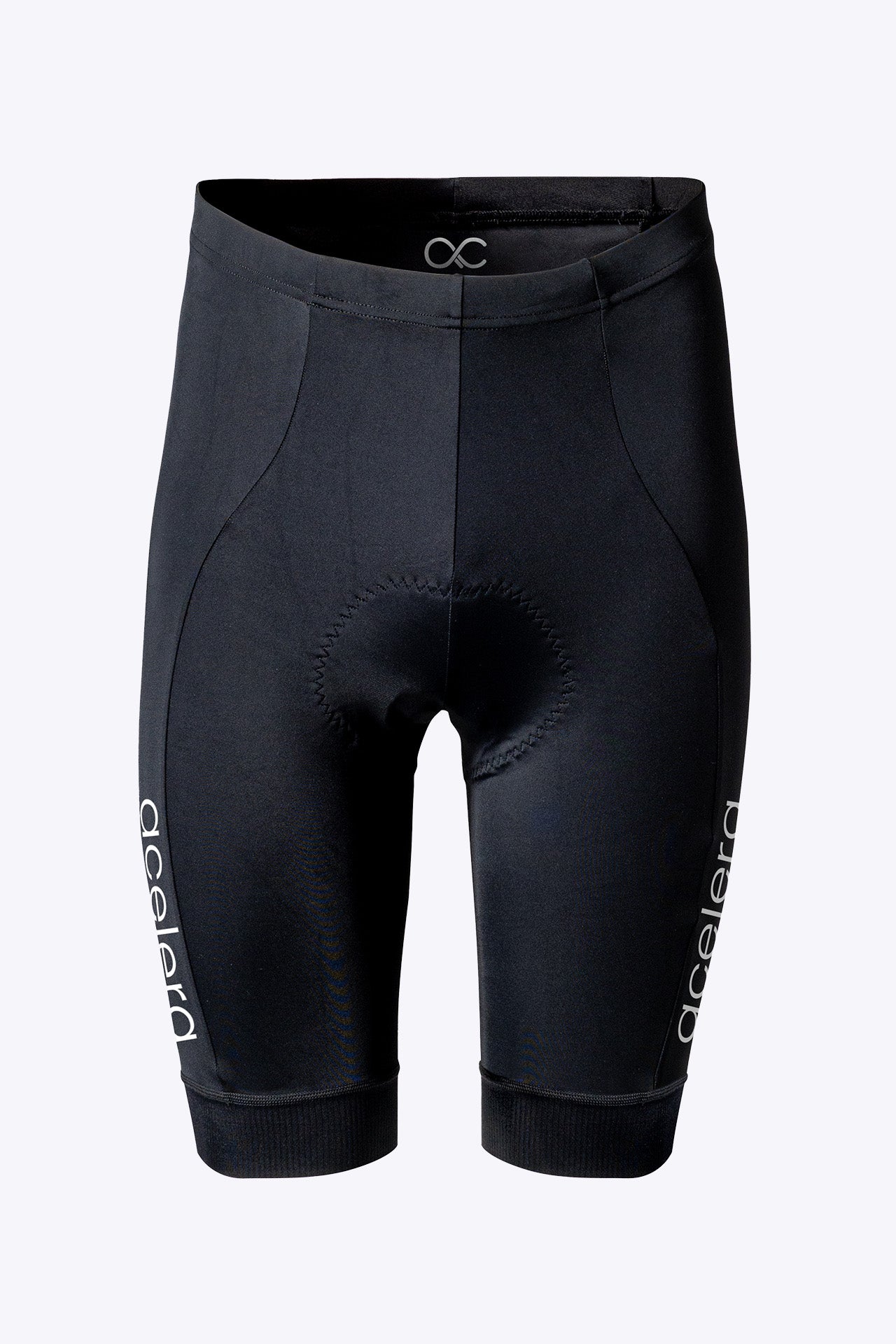

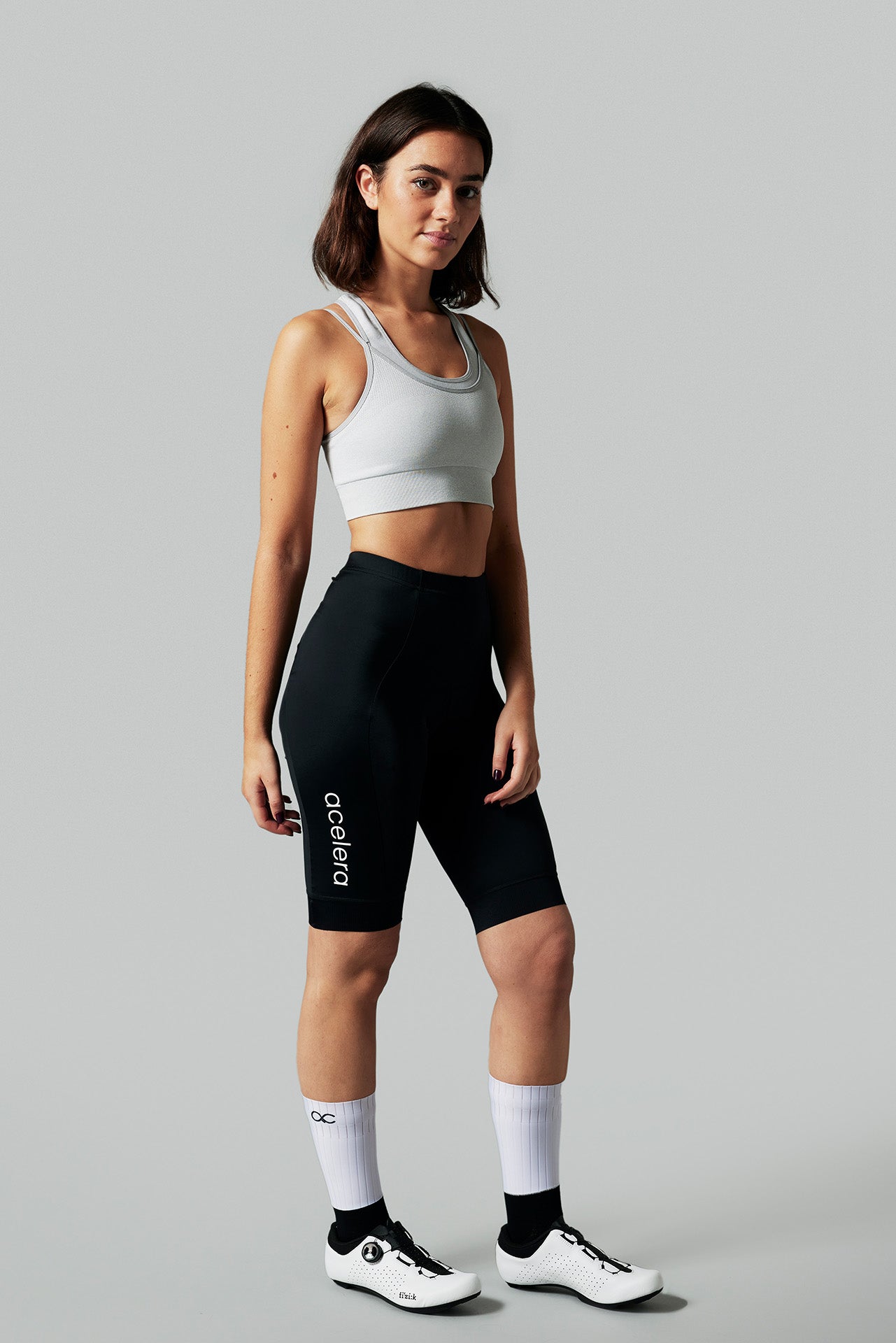
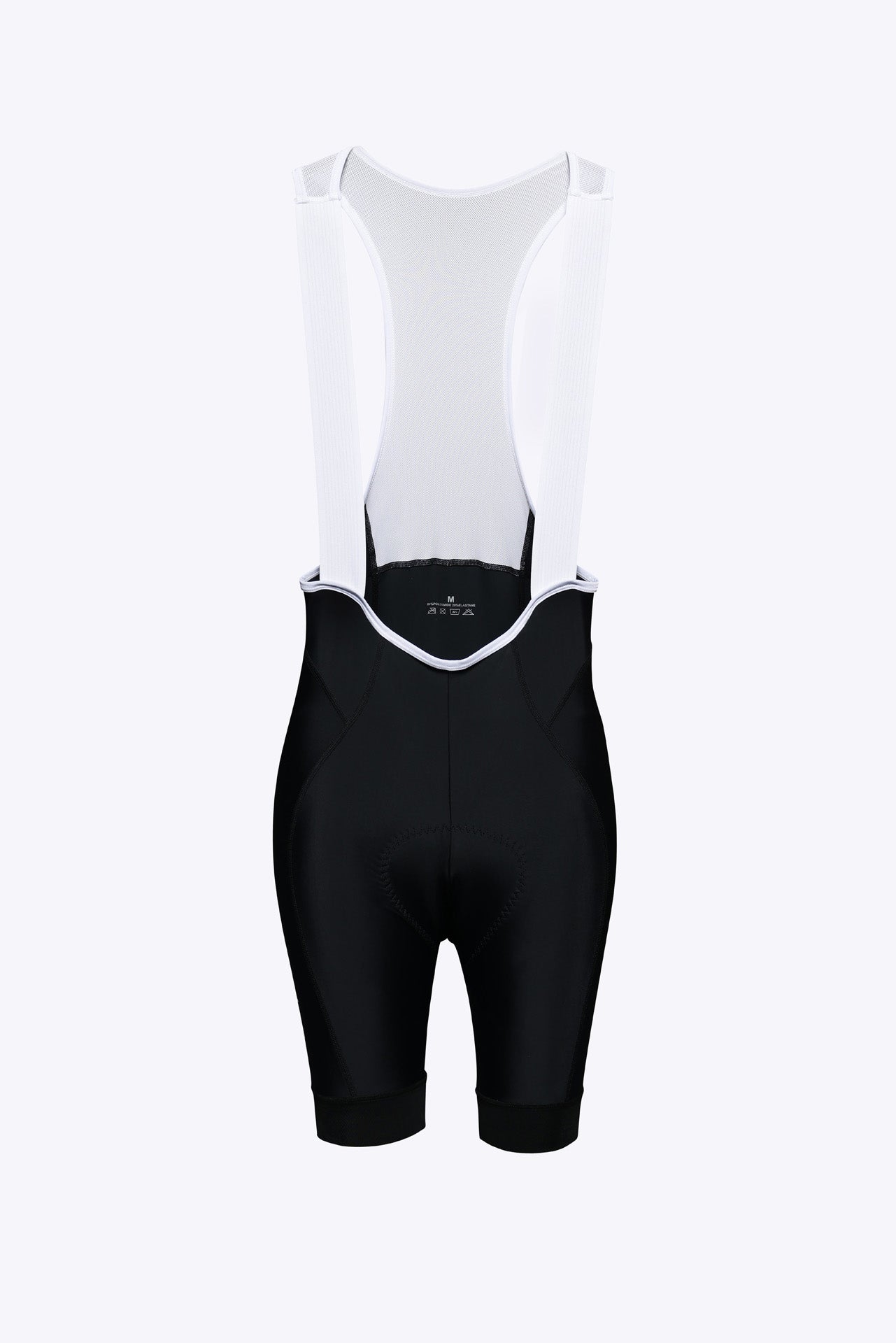
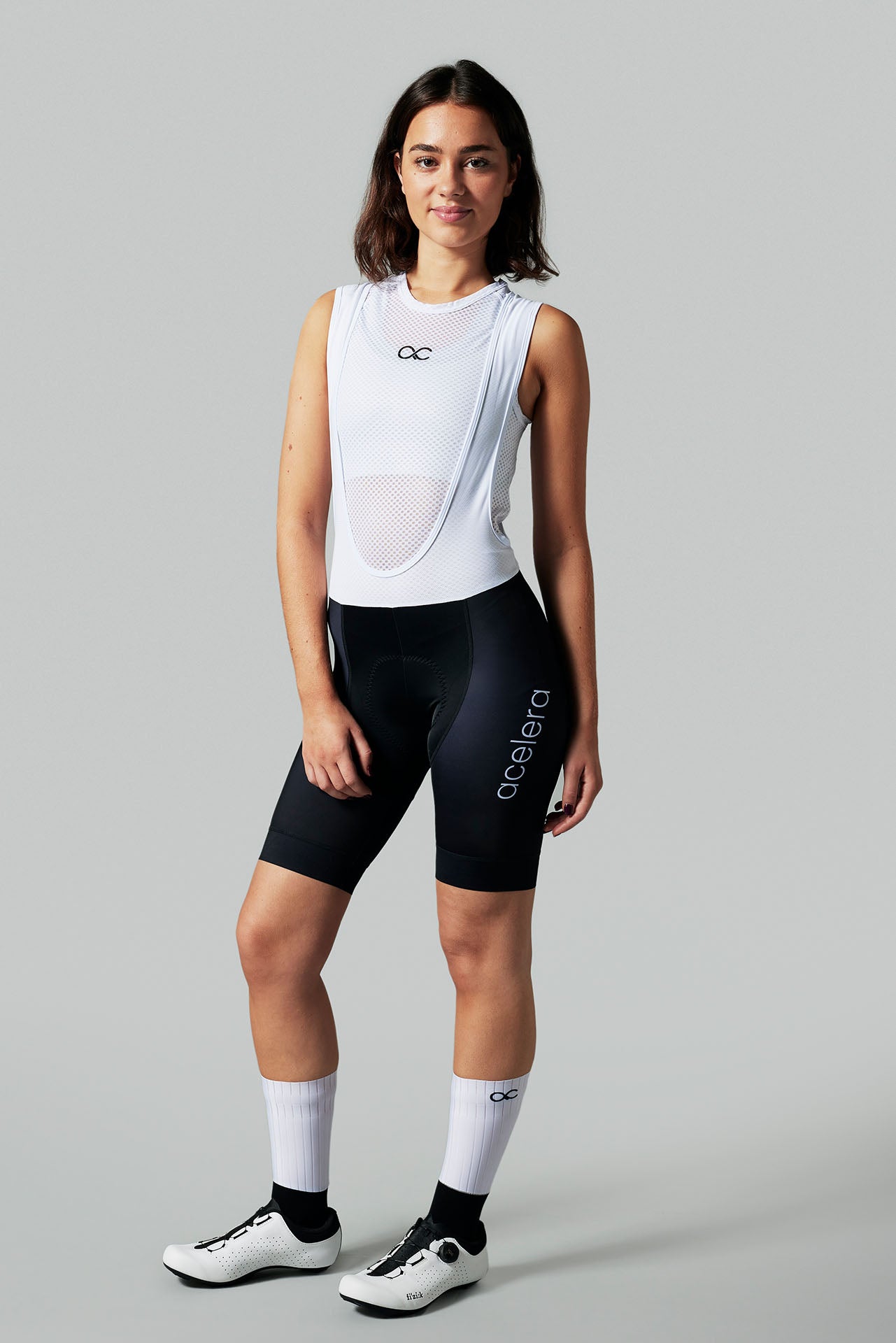
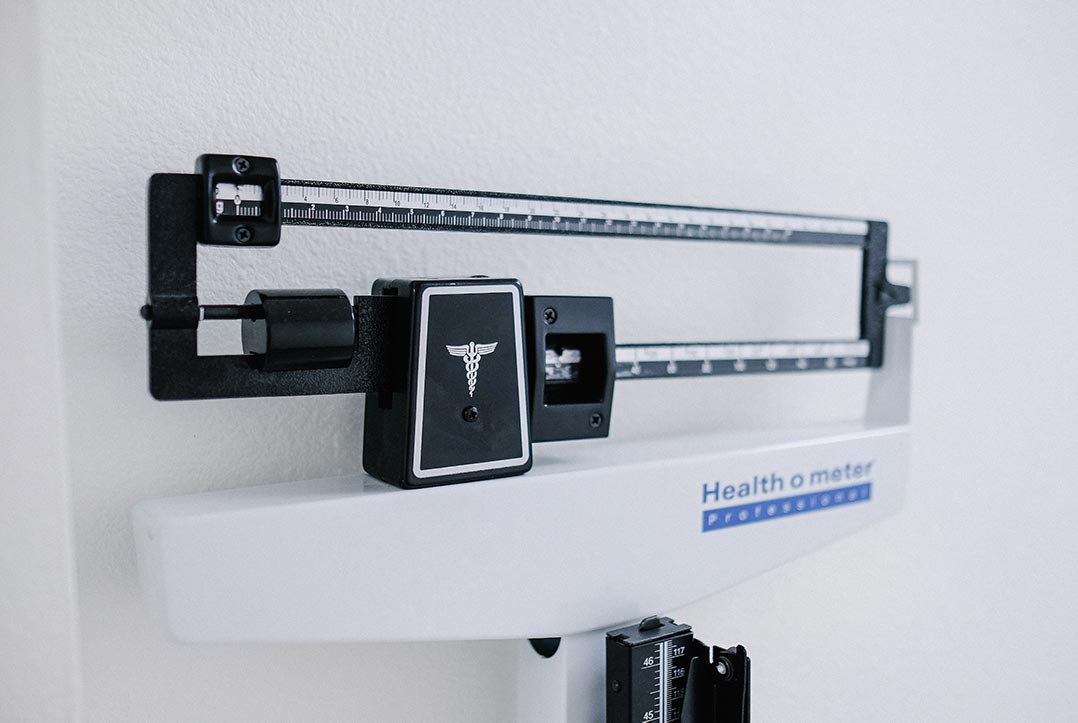
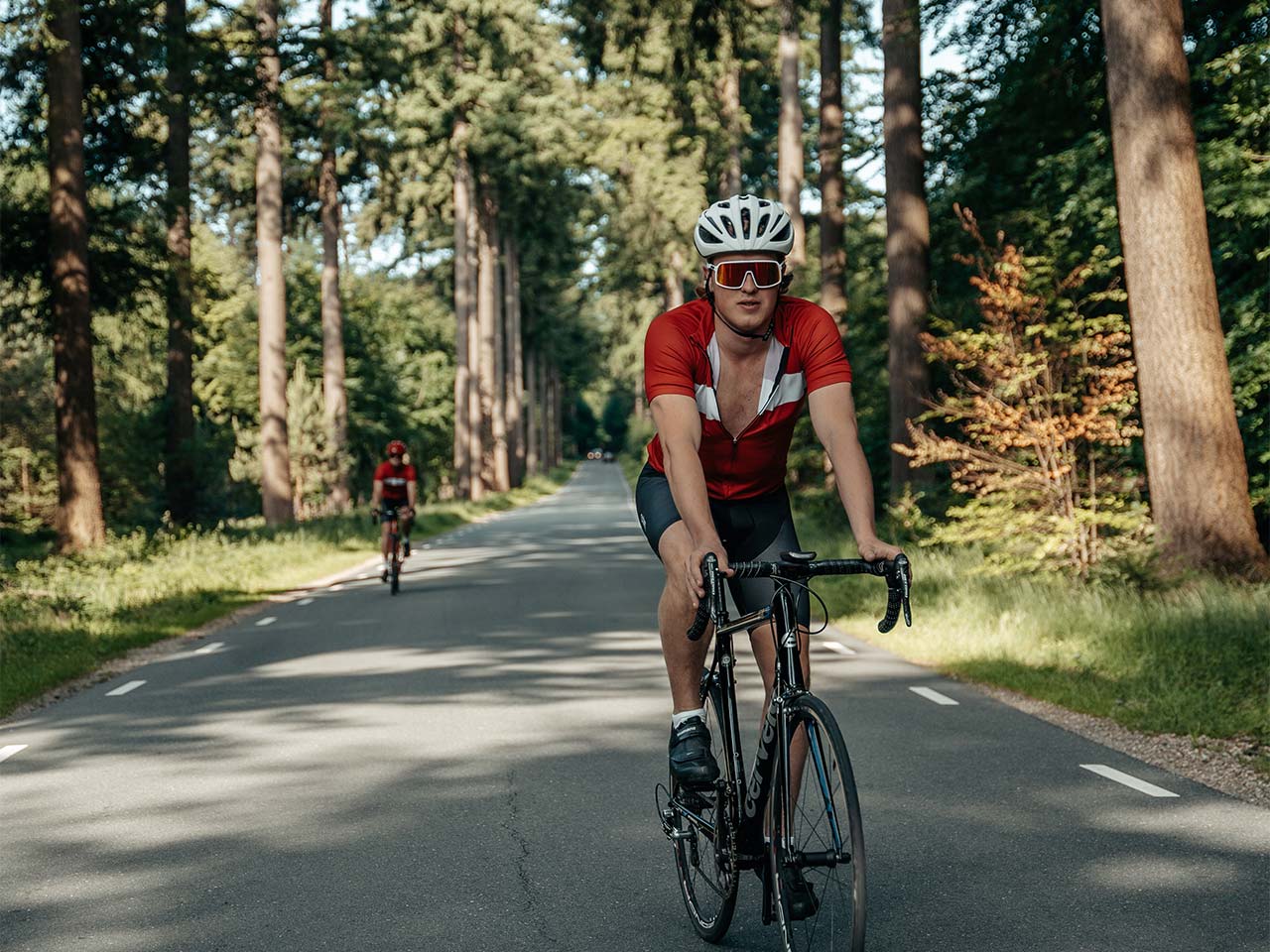
Leave a comment
This site is protected by hCaptcha and the hCaptcha Privacy Policy and Terms of Service apply.